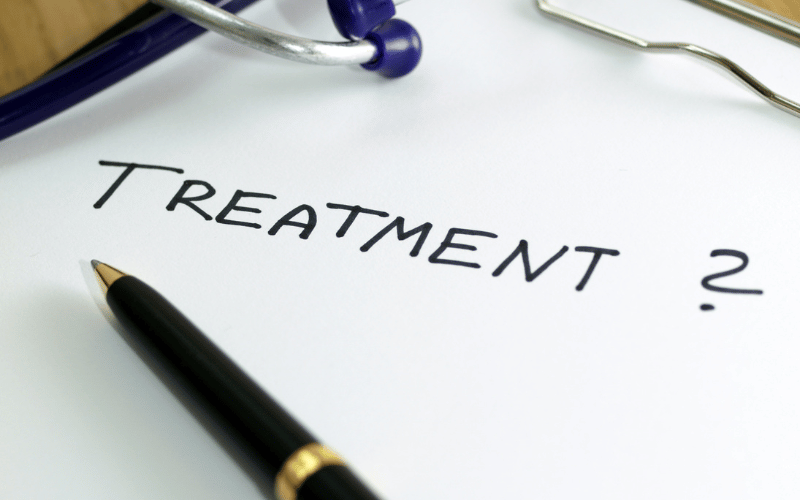Fact 7: Exploring Treatment Pathways

When someone is diagnosed with Eagle Syndrome, often the first line of treatment is medication. Anti-inflammatory drugs, pain relievers, and muscle relaxants are commonly prescribed to alleviate the pain and discomfort. The rationale is straightforward: if the symptoms are mild and the pain is bearable, why opt for a surgical route? Medications, in such scenarios, can effectively manage and mitigate the pain to a degree that allows patients to resume their daily routines.
Another promising avenue is physical therapy. A trained therapist can guide the patient through a series of exercises tailored to reduce the stress on the styloid process and surrounding tissues. The exercises often focus on neck strength, posture correction, and relaxation techniques. Regular sessions can lead to noticeable symptom reduction, making this a viable option for many.
In more severe cases, where pain is persistent and doesn’t subside with medications, steroid injections are considered. Injected directly into the affected region, these can reduce inflammation and provide temporary relief. However, this is not a permanent solution, and the effect might wane off over time.
There’s been growing interest in exploring alternative treatments like acupuncture or chiropractic interventions for Eagle Syndrome. While definitive data on their efficacy is still under research, anecdotal evidence suggests that some patients do find relief. This highlights the importance of a holistic approach to treatment, combining both modern and traditional methods. (7)